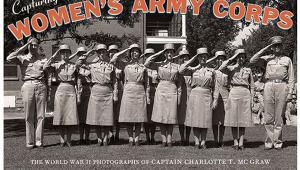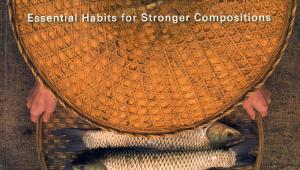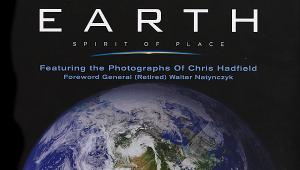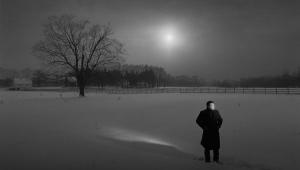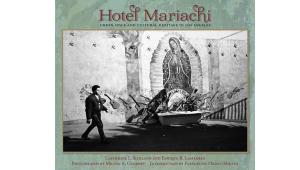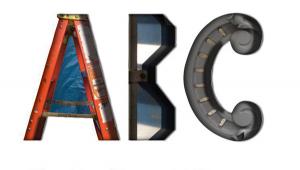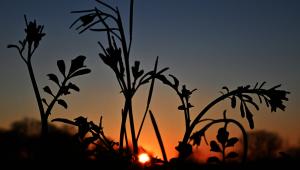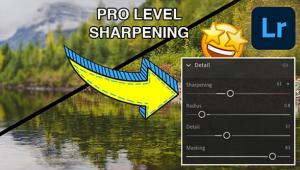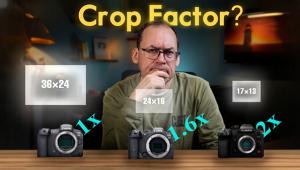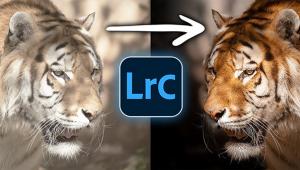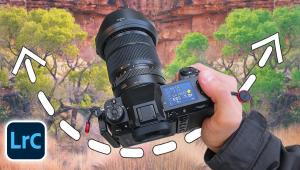Speedlights & Speedlites; Creative Flash Photography At Lightspeed
 The following is an excerpt from “Speedlights & Speedlites” by Lou Jones, Bob Keenan, and Steve Ostrowski, published by Focal Press (2009, ISBN: 978-0-240-81207-6).
The following is an excerpt from “Speedlights & Speedlites” by Lou Jones, Bob Keenan, and Steve Ostrowski, published by Focal Press (2009, ISBN: 978-0-240-81207-6).
“The difficult chore of lighting has been made easier using speedlights. Speedlights have the capability of being used wirelessly, automatically, and without additional accessories. They can be integrated more fluidly into any type of situation that requires supplemental lighting. They can dominate or be secondary faster than their larger or non-proprietary counterparts. And they can do it faster, lighter, and more cheaply. We wrote the book Speedlights & Speedlites: Creative Flash Photography at Lightspeed to help staunch the flow of inaccurate information and especially the antiquated practices that are permeating the industry and to help you navigate the biggest paradigm change in lighting.”
—Lou Jones
Ballet
This shot incorporates a technique I started using with film cameras years ago. Speedlights allowed me to update it. In the studio my assistant set up a mottled background. The painted canvas was lit with two industrial incandescent work lights: one pointed at the background and the other pointed through the Japanese shoji screen placed between the cloth and the dancer. There is a Speedlight inside a small softbox off to the right side aimed at the model.
 |
|
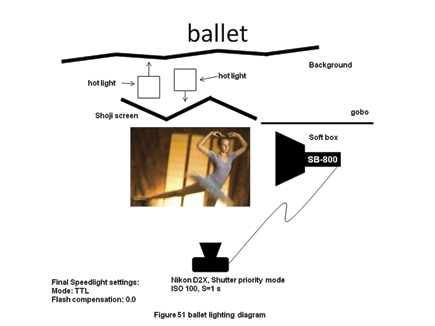 |
|
|
The technique works because the flash freezes the image of the girl who is in total darkness, then the camera is moved, which blurs the continuous light on the background. Depending on which way you shake the camera you can get different effects on the shadow side giving the picture movement and a somewhat ethereal feeling.
The Speedlight is set on Shutter Priority for one second. It took a great deal of experimentation to arrive at that shutter speed: too long and blurring overwhelms the picture, too short and you do not have enough time to react and get the movement to show up artistically.
Shutter Priority locks the time in and the camera makes a correct exposure every time. What used to require a fair amount of trial and error to get the exposure right now happens automatically. That made this pose possible since the young girl could only hold the position for limited periods.
Flower Girl
She kept looking over her shoulder at all the people. Kneeling in the center aisle gave me the perfect vantage point at her eye level. My knee served as a brace for the long lens. The 80-200 zoom gave the intimate perspective and isolated her from the surroundings. The existing light was soft, wonderful, and warm. A touch of flash idealized the contrast and cleaned up the color.
 |
|
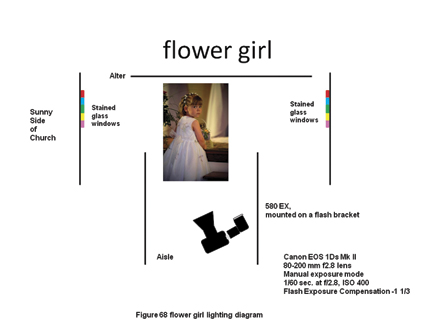 |
|
|
Flash photography is no longer formulaic and uncertain. I did not want too much flash here. It was important to maintain the feel, the mood, and the moment. With film, I would have to run calculations in my head, figure, guess, and not until days later see if my decisions were sound. Digital allows me to respond visually, emotionally, technically, and immediately. In seconds, I was able to make and evaluate several test images, perfecting existing light and flash to my satisfaction.
Ryan With High-Speed Sync
One of the simplest portrait techniques is to shoot with the lens wide open minimizing depth of field and rendering the background pleasantly soft. On a bright sunny day this might require shutter speeds faster than the flash sync speed of the camera, as was the case with this photo of Ryan. I wanted to add a little fill and some catchlights, but even in the shade the shutter speed was 1⁄500 of a second at the f/2.8 aperture of the lens. Switching the camera to the Auto FP High-Speed Sync mode allowed the camera and flash to sync at these settings.
 |
|
 |
|
|
- Log in or register to post comments



